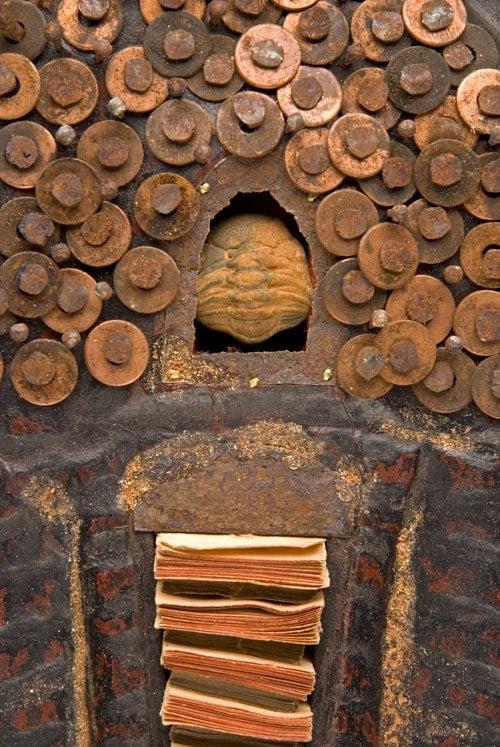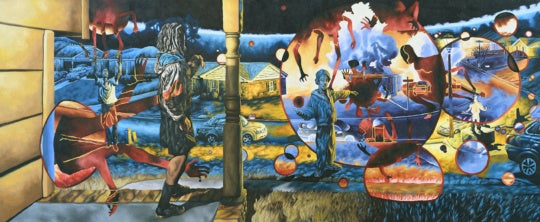
It’s easy to see how photographer Builder Levy, who was raised in Brooklyn just two miles north of Coney Island, became interested in what he describes as “the excitement, sensuality, earthy beauty and teeming masses of multiracial humanity.” An overview of his work, on view at Arnika Dawkins Gallery through November 22, presents numerous examples of his photography that intertwines social documentary and street photography, often in places of political unrest and economic strife.

A 2008 Guggenheim Fellowship recipient, Levy was just 19 years old when he began documenting civil rights protests in the ’60s. At a 1967 antiwar march in Harlem, he shot an image that still resonates today: a demonstrator with two boys at his side holds a sign that reads, “No Vietnamese Ever Called Me Nigger,” a statement first made by boxer Muhammad Ali—about the Viet Cong.
For over 40 years, Levy has documented coal-mining towns in Appalachian country, selections from which were recently published in his book Appalachia USA: Photographs 1968-2009. Though mining remains a viable industry, it’s a gritty existence for the people who live and work to serve the industry, tucked away in parts of West Virginia, Kentucky, and Pennsylvania in destitute conditions. The book’s cover image is of a black miner named Toby Moore, who stares intently at the camera, his hard hat slanted to the side, with the spotlight on. Toby seems rugged and tired but not broken.
As with most of Levy’s works, his subjects are beautifully depicted even when the world around them is brutal.
Annabella Jean-Laurent is an Atlanta-based freelance writer who blogs at militantbarbie.com. Her writing explores race, media, and gender in society.




